Sending emails to multiple people one by one takes too much time. With Gmail, you can create a group email using Google Contacts and send messages to all your group members at once.
Instead of typing out every email address, just use a contact group to quickly reach teams, friends, or colleagues.
In this guide, you’ll learn how to create a group email in Gmail, manage multiple contacts, and send emails with ease. Let’s get started!
What is a Group Email in Gmail?
A group email in Gmail lets you send one email to multiple people at once without adding each address manually.
Instead of typing individual emails, you create a contact group in Google Contacts and assign a group name. When you enter that name in the recipient box, Gmail automatically populates all the group members.
This is great for teams, families, clubs, or anyone who needs to send messages to the same people regularly. It saves time, keeps conversations organized, and makes communication easier.
Why Create a Group Email in Gmail?
A Gmail group email makes it easier to send messages to multiple people at once without adding their addresses individually.
If you need to communicate with a project team, family members, or a support team, creating a group in Gmail helps you stay organized and save time.
Here’s why you should create a group email in Gmail:
- Faster Communication: Instead of manually entering emails, just type the group name in the recipient box, and Gmail will automatically populate all group members. This is perfect for sending newsletters, updates, or reminders to your frequently contacted groups.
- Better Email Management: Organize emails efficiently by using labels and filters. Assign a label name to your email group and use "Click Manage Labels" in Google Contacts to edit or update the group easily.
- Time-Saving Collaboration: A shared inbox ensures no one is left out of the conversation. Whether you're managing a support team or working on a collaborative project, sending emails through a Gmail group helps keep everyone in the loop.
- Custom Grouping for Different Members: You can create a new group, custom roles, or existing labels based on specific needs. This way, you can send tailored information to each group, ensuring they receive relevant messages.
- Easy Updates and Moderation: You can add members or remove contacts anytime. For larger teams, Google Groups offers member moderation and additional controls.
How to Create a Group Email in Gmail: 3 Steps
Gmail doesn’t have a built-in “Create Group” button, but you can still make a group email using Google Contacts. This allows you to send emails to multiple Gmail accounts at once without entering their addresses manually.
Follow these steps to create a contact group and send emails easily:
Step 1: Open Google Contacts
1. Go to Google Contacts or click the Google Apps icon (the grid in the top right corner of Gmail) and select Contacts.
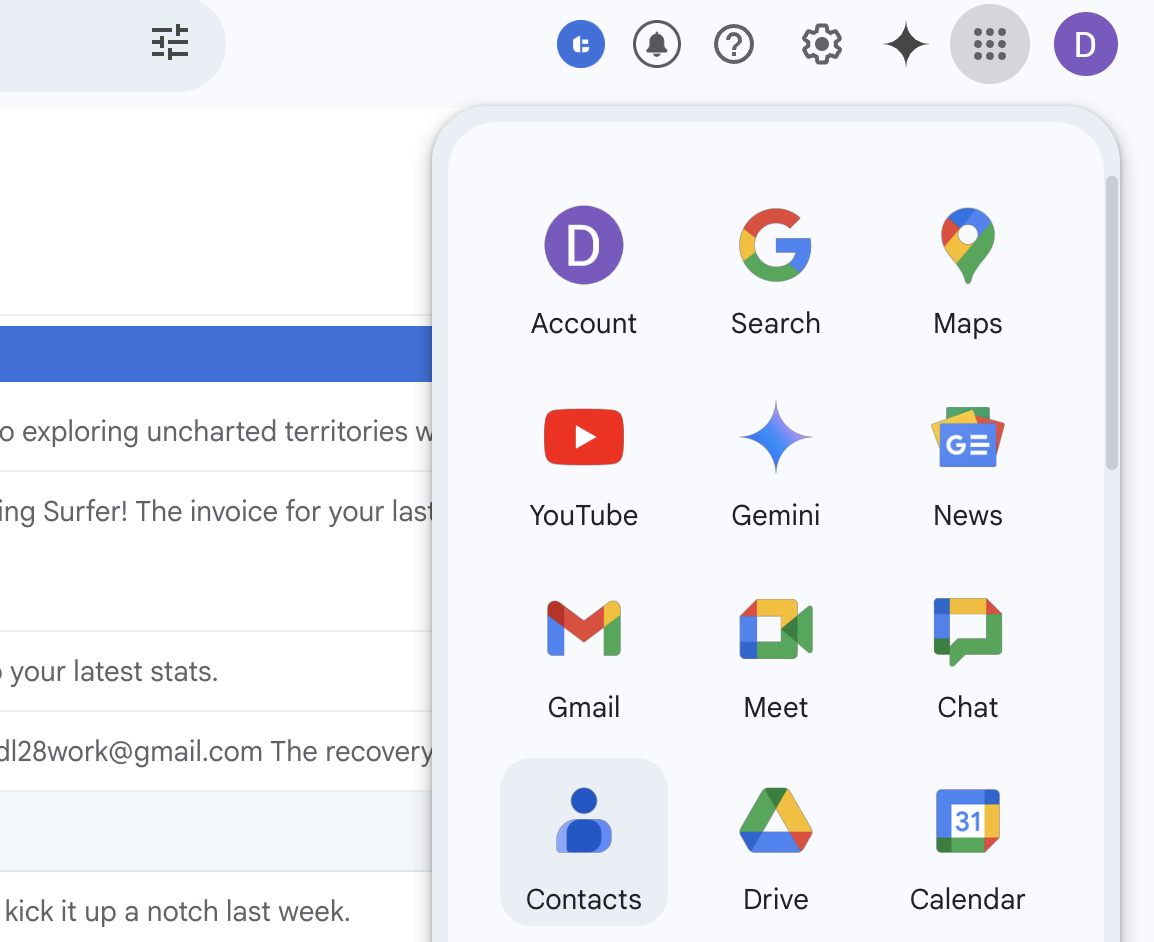
2. This opens your full contact list, showing all your saved contacts.

Step 2: Create a New Contact Group (Label)
1. In Google Contacts, find the left sidebar and click "Create label".
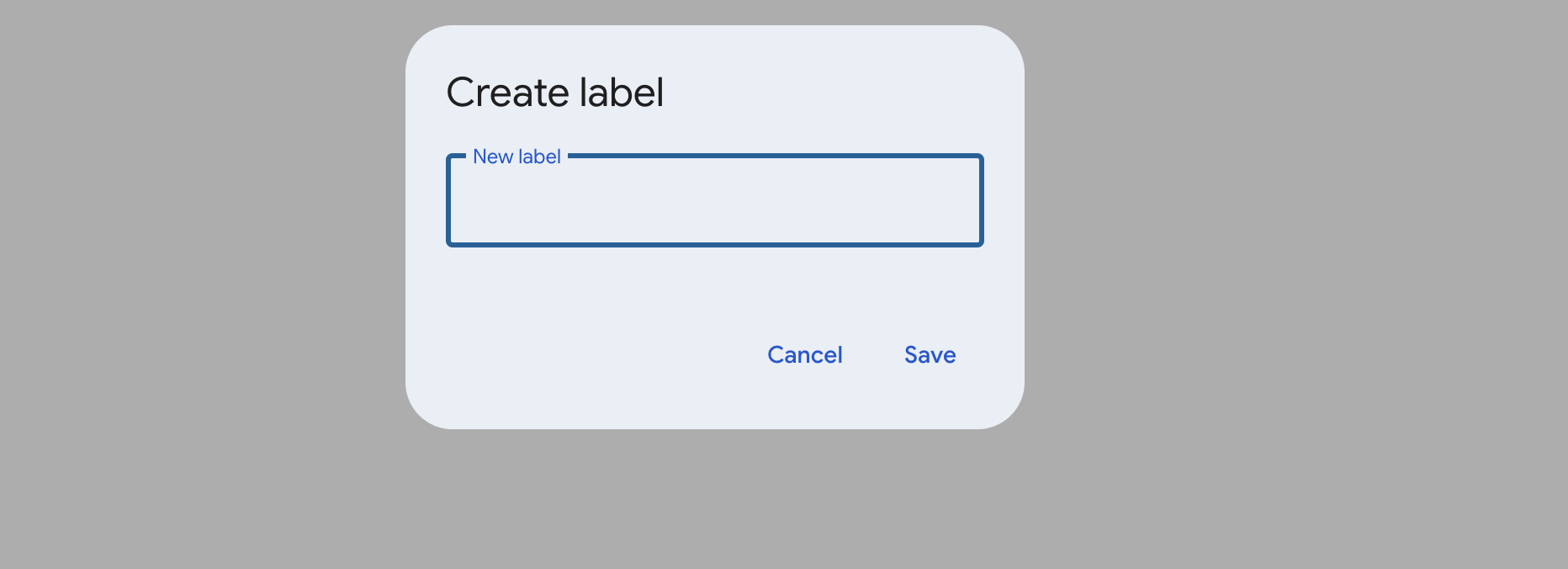
2. Enter a group name (e.g., “Work Team” or “Family”) and click Save.
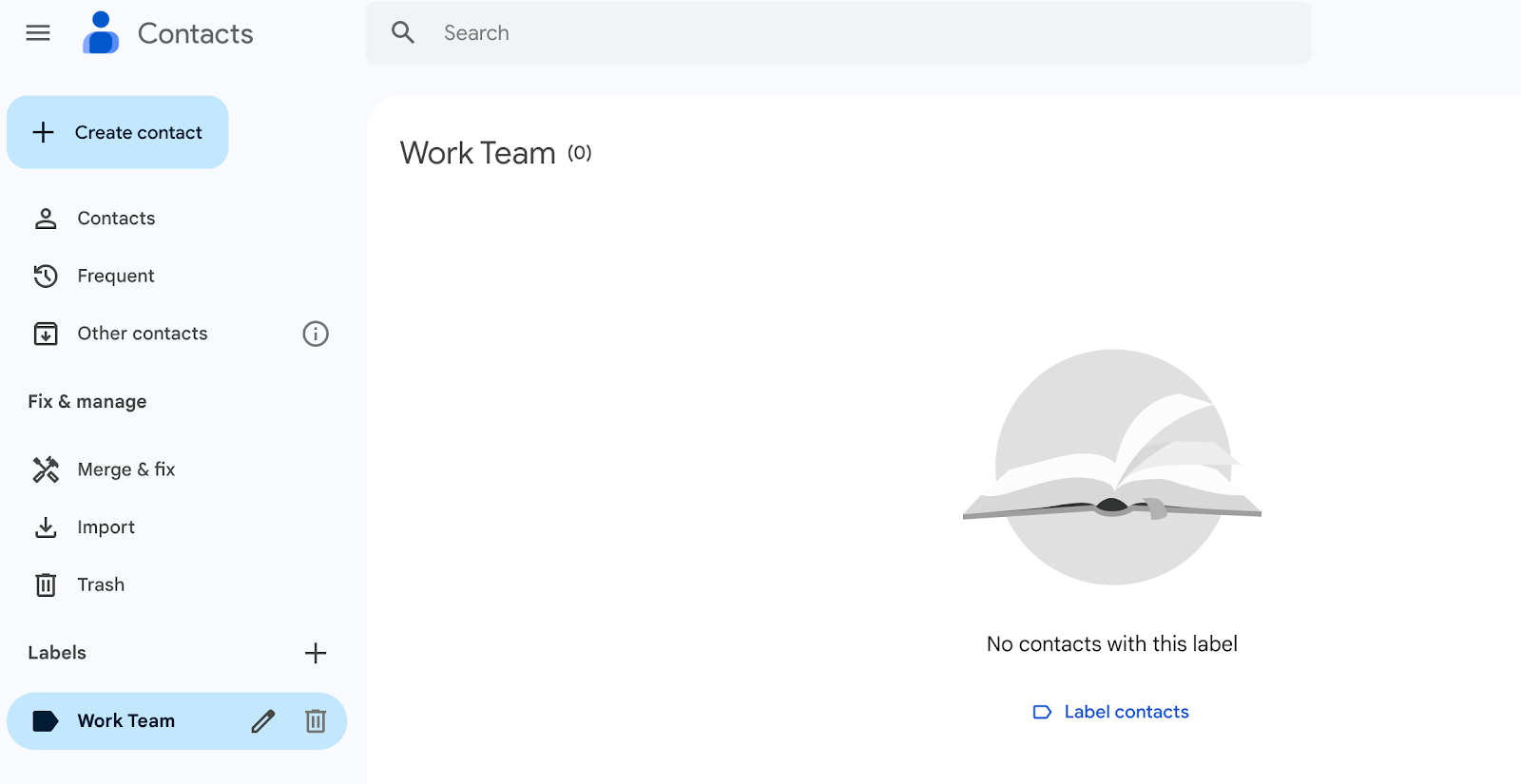
Step 3: Add Contacts to the Group
1. In your contact list, check the box next to each person you want to add.
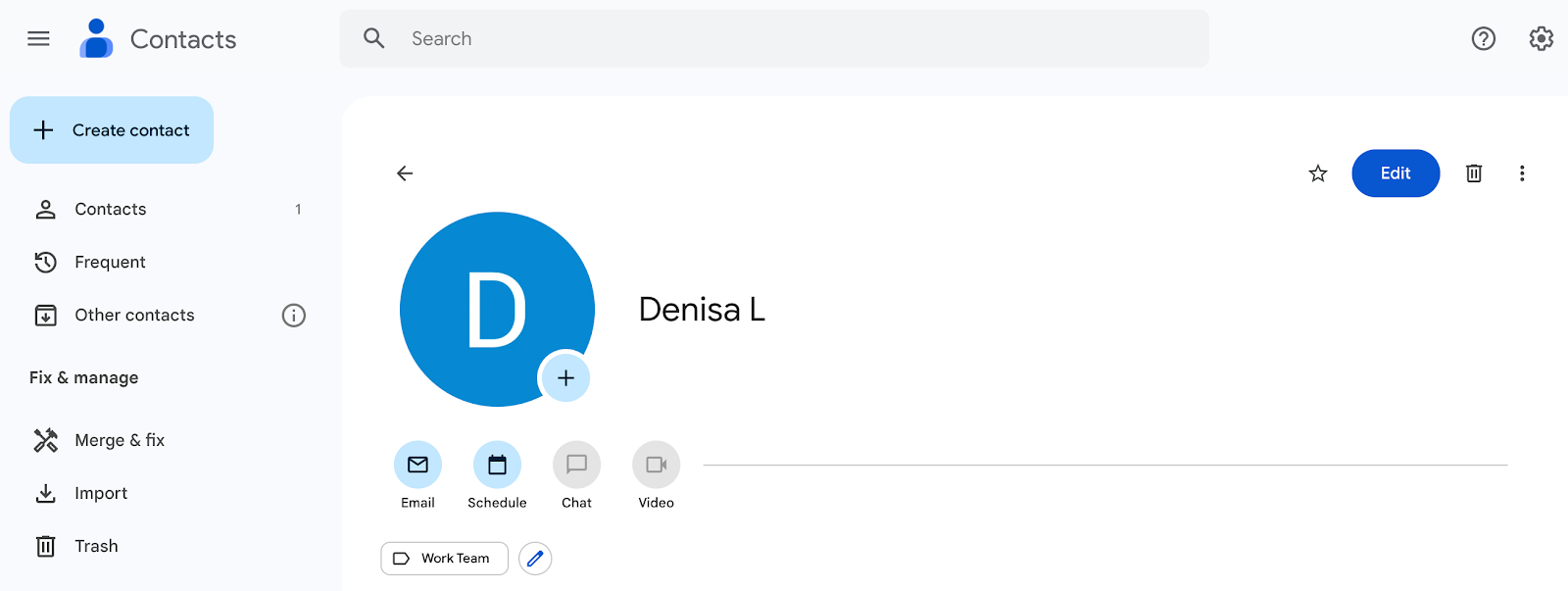
2. Click the “Manage labels” button (it looks like a label icon at the top).
3. Select the label name you created and click Apply.
That’s it! Now, you can send emails to your group anytime by using the group name in the recipient box instead of adding contacts one by one.
How to Send a Group Email in Gmail
Now that you’ve set up your group email, it’s time to send a message to all its group members. Since you created the group in Google Contacts, sending an email is simple. Here’s how:
Step 1: Open Gmail and Compose a New Email
1. Log in to your Gmail account and go to your inbox.
2. Click the "Compose" button in the top left corner to open a new message window.
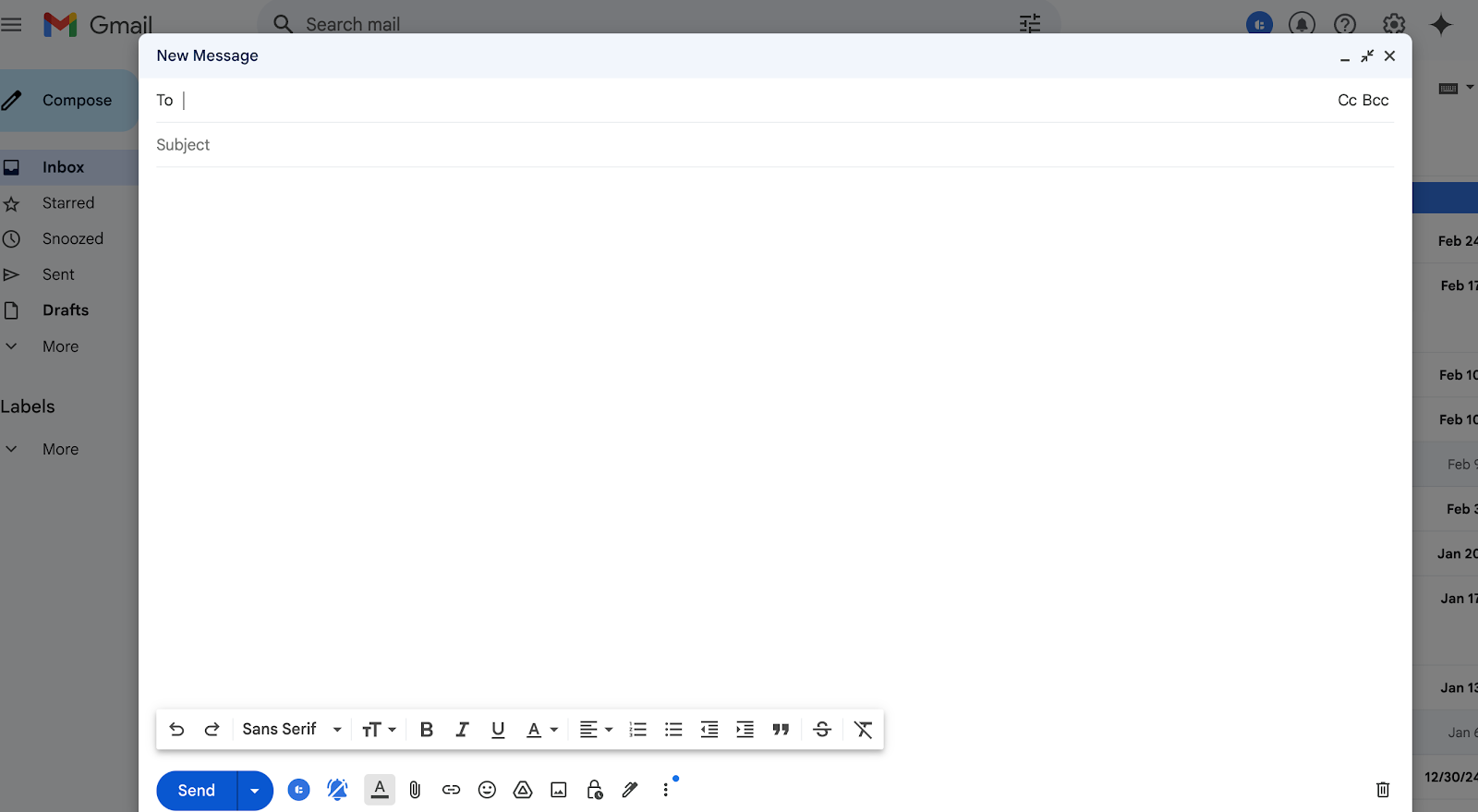
Step 2: Enter the Group Name in the "To" Field
1. In the recipient box, start typing the group name you created earlier.
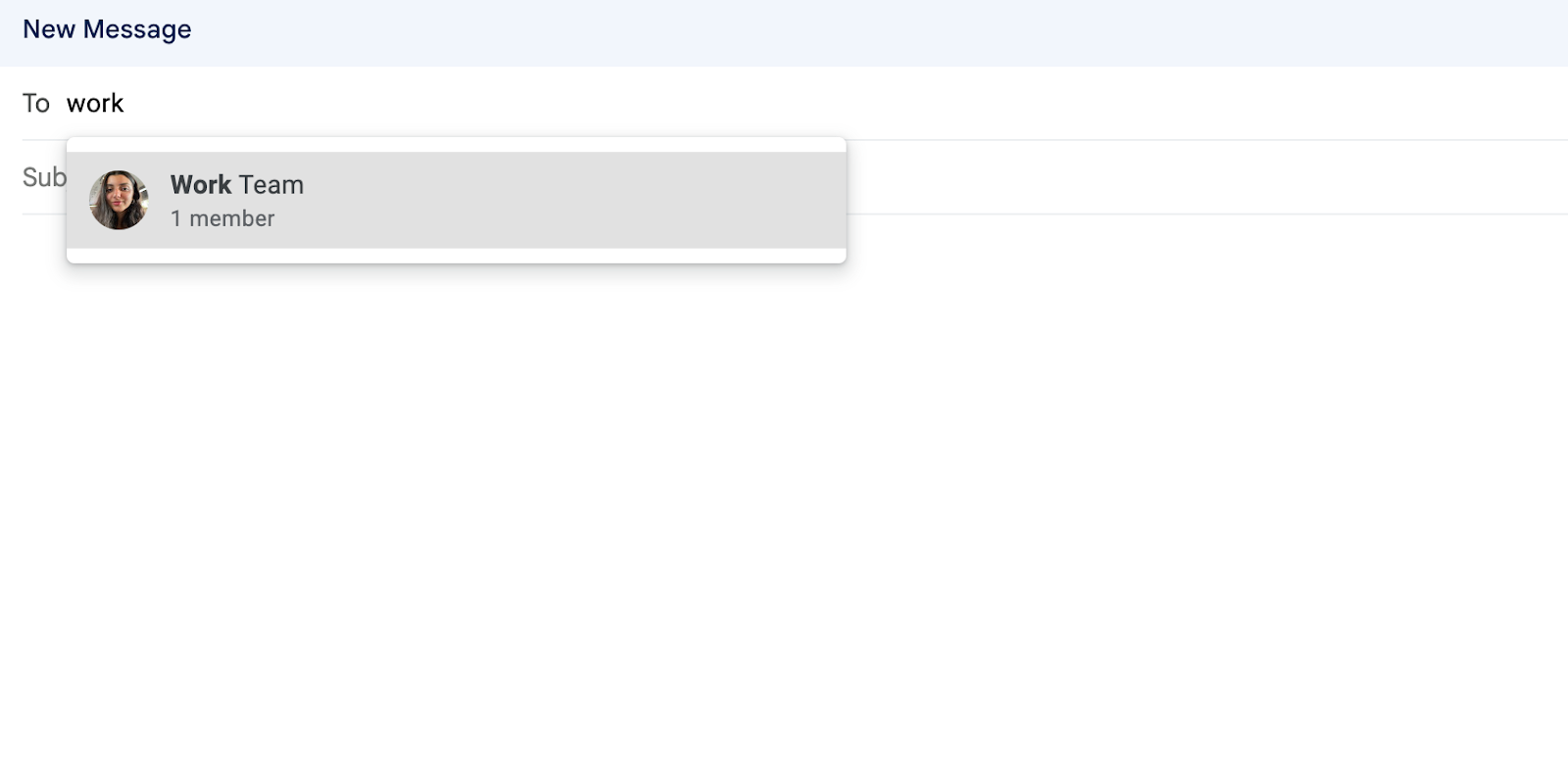
2. Gmail will automatically populate the email addresses of all group members.
3. Click the group name when it appears to add all contacts at once.
Step 3: Write and Send Your Email
1. Add an email subject line and type your email message.
2. If needed, add more recipients manually, or use CC and BCC for extra contacts.
3. Review your email for accuracy, then click "Send" to deliver your message to the entire contact group.
That’s it! You’ve successfully sent a group email in Gmail without having to add contacts one by one.
What are the Gmail Group Limitations?
Creating a group email in Gmail makes it easy to send messages to multiple group members, but there are some drawbacks to keep in mind:
- Manual Updates: You have to add and remove contacts manually. If your contact list changes often, keeping it updated can be time-consuming.
- Reply Management: When someone replies to a group email, only you (the sender) receive it unless they hit "Reply All." This makes follow-ups harder and can cause confusion.
- Limited Personalization: Gmail sends the same message to everyone in the group email. Unlike email marketing tools, you can't customize messages for each recipient.
If you need better group email management, consider alternatives like Google Groups or specialized email platforms.
How to Track and Manage Your Group Emails
If you want to know when your group email is opened, delivered, or if recipients click on links, an email tracking tool like MailTracker can help.
It works by adding an invisible tracking image to your email, so you can see when recipients interact with your message.
With MailTracker, you can:
- Track email opens and deliveries in real time.
- See if recipients click on links inside your email.
- Automate follow-ups to stay connected without extra effort.
- Improve engagement by knowing who reads your emails and when.
For unlimited tracking and advanced features, consider upgrading to MailTracker premium plans. Stay in control of your group emails with powerful insights!
Track Your Emails Without Signature
Take control of your group emails with MailTracker! Our free email tracking extension gives you real-time notifications when your emails are opened and links are clicked.
- Track up to 20 emails per month for free
- Get instant open and click alerts
- Send read receipts and more
Sign up for MailTracker now—it’s free to get started!


